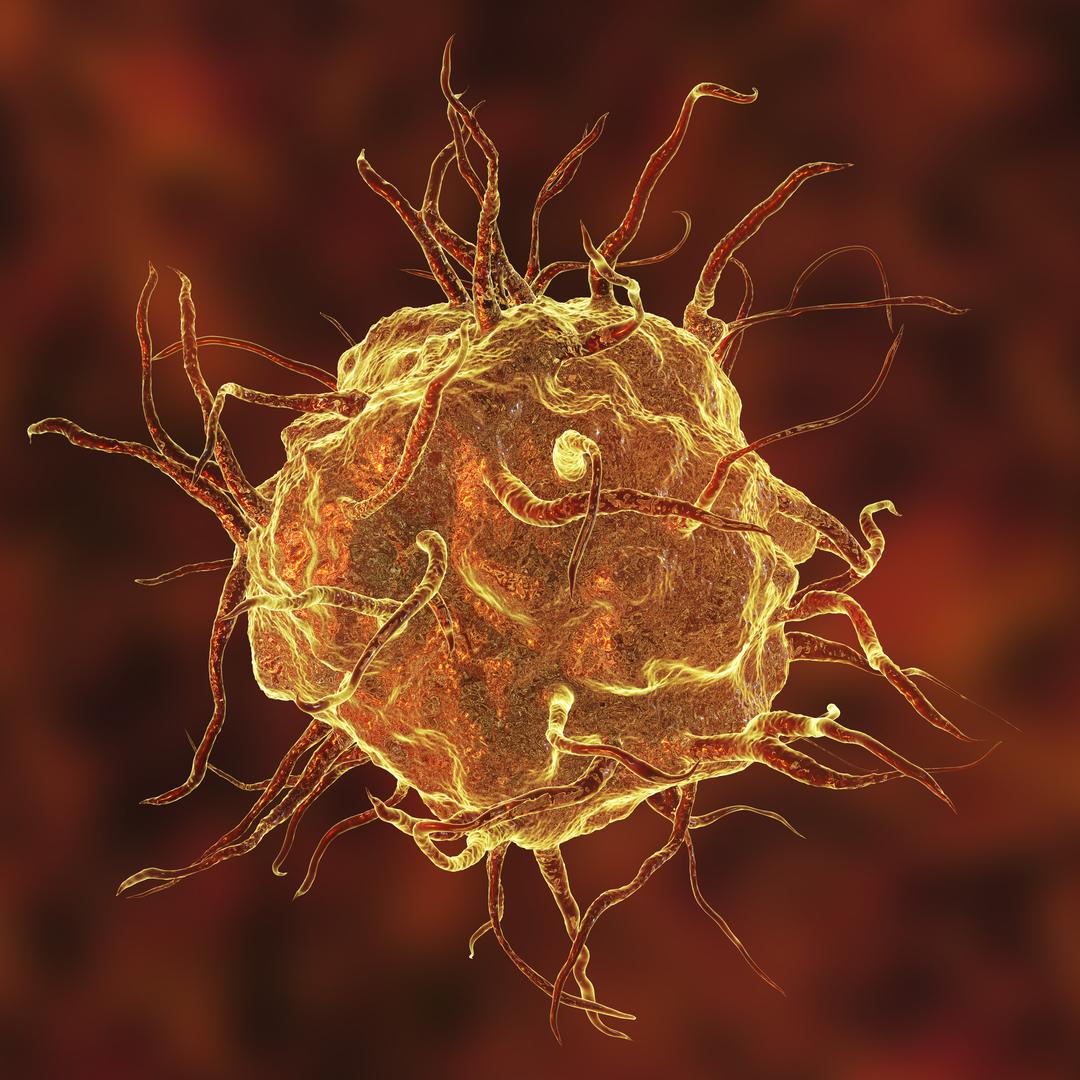Hepatocyte mitochondria-derived danger signals directly activate hepatic stellate cells and drive progression of liver fibrosis
Authors: Ping An, Lin-Lin Wei, Shuangshuang Zhao, Deanna Y. Sverdlov, Kahini A. Vaid, Makoto Miyamoto, Kaori Kuramitsu, Michelle Lai & Yury V. Popov
Abstract Due to their bacterial ancestry, many components of mitochondria share structural similarities with bacteria. Release of molecular danger signals from injured cell mitochondria (mitochondria-derived damage-associated molecular patterns, mito-DAMPs) triggers a potent inflammatory response, but their role in fibrosis is unknown. Using liver fibrosis resistant/susceptible mouse strain system, we demonstrate that mito-DAMPs released from injured hepatocyte mitochondria (with mtDNA as major active component) directly activate hepatic stellate cells, the fibrogenic cell in the liver, and drive liver scarring. The release of mito-DAMPs is controlled by efferocytosis of dying hepatocytes by phagocytic resident liver macrophages and infiltrating Gr-1(+) myeloid cells. Circulating mito-DAMPs are markedly increased in human patients with non-alcoholic steatohepatitis (NASH) and significant liver fibrosis. Our study identifies specific pathway driving liver fibrosis, with important diagnostic and therapeutic implications. Targeting mito-DAMP release from hepatocytes and/or modulating the phagocytic function of macrophages represents a promising antifibrotic strategy.Reference: An, P., Wei, L., Zhao, S. et al. Hepatocyte mitochondria-derived danger signals directly activate hepatic stellate cells and drive progression of liver fibrosis. Nat Commun 11, 2362 (2020). Retrieved from https://www.nature.com/ncomms/
Product Highlights:
The authors used Bio X Cell's InVivoMAb anti-mouse Ly6G/Ly6C (Gr-1) (Clone: RB6-8C5), InVivoMAb anti-mouse/human CD11b (Clone: M1/70), InVivoMAb anti-mouse Ly6G (Clone: 1A8), and InVivoMAb rat IgG2b isotype control, anti-keyhole limpet hemocyanin (Clone: LTF-2) in this research study.

